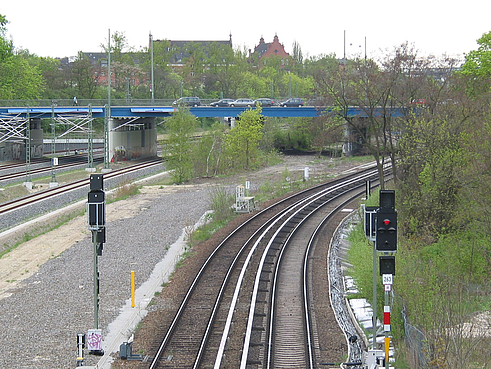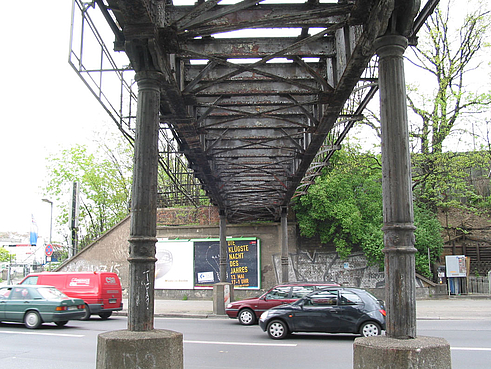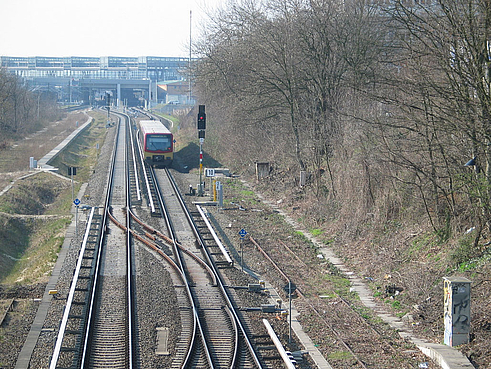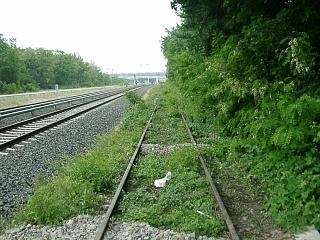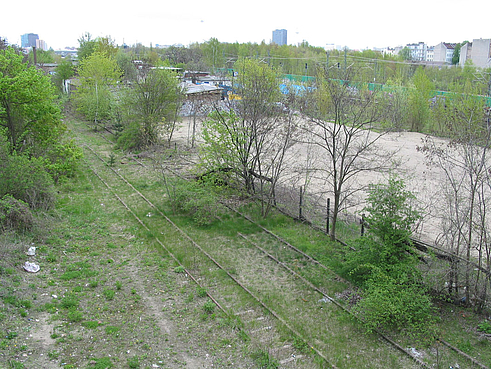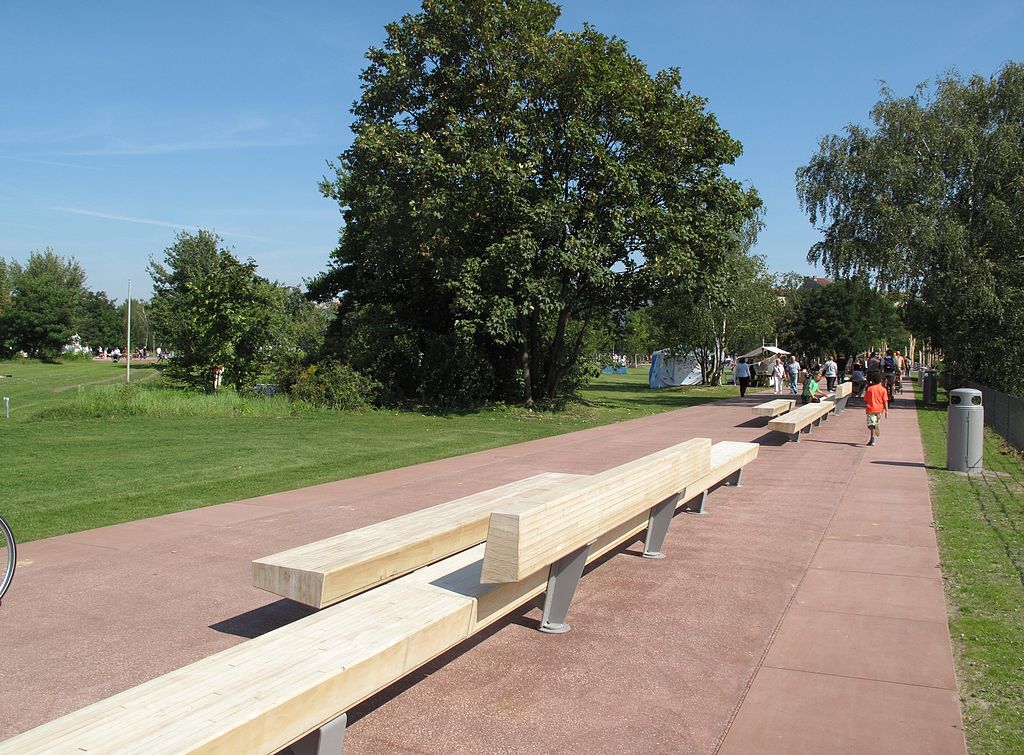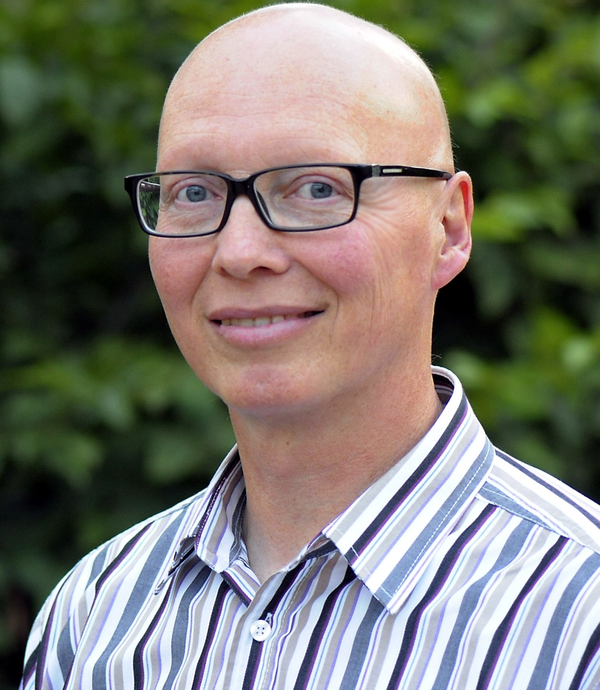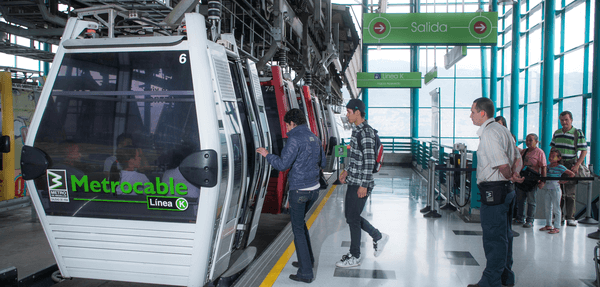Since 2009, as part of the Schöneberg Loop project, Grün Berlin (a non-profit and state-owned organisation) has been working with the districts of Tempelhof-Schöneberg and Friedrichshain-Kreuzberg and with the Senate Department for Urban Development and the Environment on various projects dedicated to parks and green spaces. Many areas were former Reichsbahn (the former German railway transport company) terrains that had been partly abandoned since the war. Since species-rich habitats have emerged, it has been decided to leave most of the area largely as it was found.
The main projects of the Schöneberg Loop include:
1) North-South green corridor: South section from O-W Spange to Bhf. Südkreuz (2010-2012)
The first project of the Schöneberg loop was a 450 meter long pathway along the S-Bahn line 2 in the south. The road is now part of the cycle route Berlin - Leipzig.
2) Alfred-Lion-Brücke (2010-2012)
Neu-Tempelhof, a neighbourhood in Berlin, is separated by large railway facilities from the Schöneberger island opposite. A pedestrian and cycle bridge built in 2012 now connects the two districts. This bridge is at the heart of the east-west green corridor and both local residents and walking and cycling visitors benefit from the barrier-free connection.
3) Wannsee railway green corridor (2015-2016)
The Wannsee railway green corridor is located in a densely populated urban area of Schöneberg between the Julius-Leber-Brücke and Yorckstraße train stations. It has been built as a new route between both stations. As a public green space, the Wannsee railway green corridor is expected to compensate for the lack of close-to-home green areas and playgrounds.
In 2013, after examining the general and technical feasibility, the landscape planning phase commenced with cooperation between the citizens, the administration and landscape planners. The process took place in three phases: 1) preliminary talks – 2) "Ideas" Workshop ("Ideenwerkstatt") - 3) Planning Workshop.
During preliminary talks in September 2013, the planners collected feedback from citizens which was subsequently discussed during the two "Ideas" Workshops that took place in November 2013. One of these was specifically designed for children and young people. Together, the participants discussed which issues were particularly important, what has to be observed during the planning process and which existing ideas could be taken on. In May 2014, the proposals refined by the landscape planners were presented at a public exhibition.
4) Monumentenplatz (2014)
The Monumentenplatz forms an attractive transition from the urban space to the green network of the Schöneberg Loop. The new area comprises 18 houses, 220 apartments and three commercial units. From street level, a stair and ramp system leads down to the square area and then further north into the Flaschenhalspark, which forms the southern end of the "Park am Gleisdreieck". This was co-financed by the developer UTB GmbH under an urban development contract. UTB GmbH and the District administration also contributed to the funding of the square, while the majority of the funds came from the Urban Restructuring in West Germany program.
5) Green corridor in the area of the Dresden railway along the Bautzener Straße (2012-2013)
The Schöneberg Loop can be reached from Bautzener Straße, on the new north-south green corridor, where a four-meter wide path for pedestrians and cyclists has been built. North of the Monumentenbrücke, the green corridor expands parklike. Access to the Schöneberg Loop is gained by stairs or a ramp. The former railway facilities as well as ruderal species have been preserved while play and sport areas for children and adults have been built. The northern part of the new trail was opened on December 5, 2013.
6) Torgauer Straße (2012-2015)
The Torgauer Straße is located at the southern end of the Schöneberg Loop. The area includes equipment for exercise training, balance and mobility activities. A small plateau with seats marks the former path of a railway line. Mobility impaired visitors can move around safely on the main routes: road crossings and bike paths are made visible and equipped with tactile elements.

